There is no doubt at all that Gehry’s Guggenheim Museum in Bilbao is one of the most spectacular buildings of recent years. As the central element in Bilbao’s comprehensive urban renewal programme the building raised high expectations from the outset. Its site between river, railway, bridge and new town makes it a symbol of the Basque metropolis that can be seen from a considerable distance. It is both the heart of the city and a testbed for the arts, representing both public presence and artistic change. The process by which it was created demonstrates the most recent advances in computeraided design and in material manufacture. For a long time design and building were broken down into a large number of individual components. Gehry’s museum unifies this process and is thus able to create fluent links between architectural detail and urban impact. But the innovations do not stop at technology, they also extend to the way in which the interior spaces are shaped. These are extremely varied in form, as the museum is not so much designed to house a permanent exhibition of the collection, but to enable artists to create installations. In contrast with the usual neutral gallery spaces Gehry offers a whole variety of stages for artistic presentation. His artist friends have risen to the challenge of his architecture and are experimenting very successfully with this new way of showing their work to the public.
Frank O. Gehry Livres
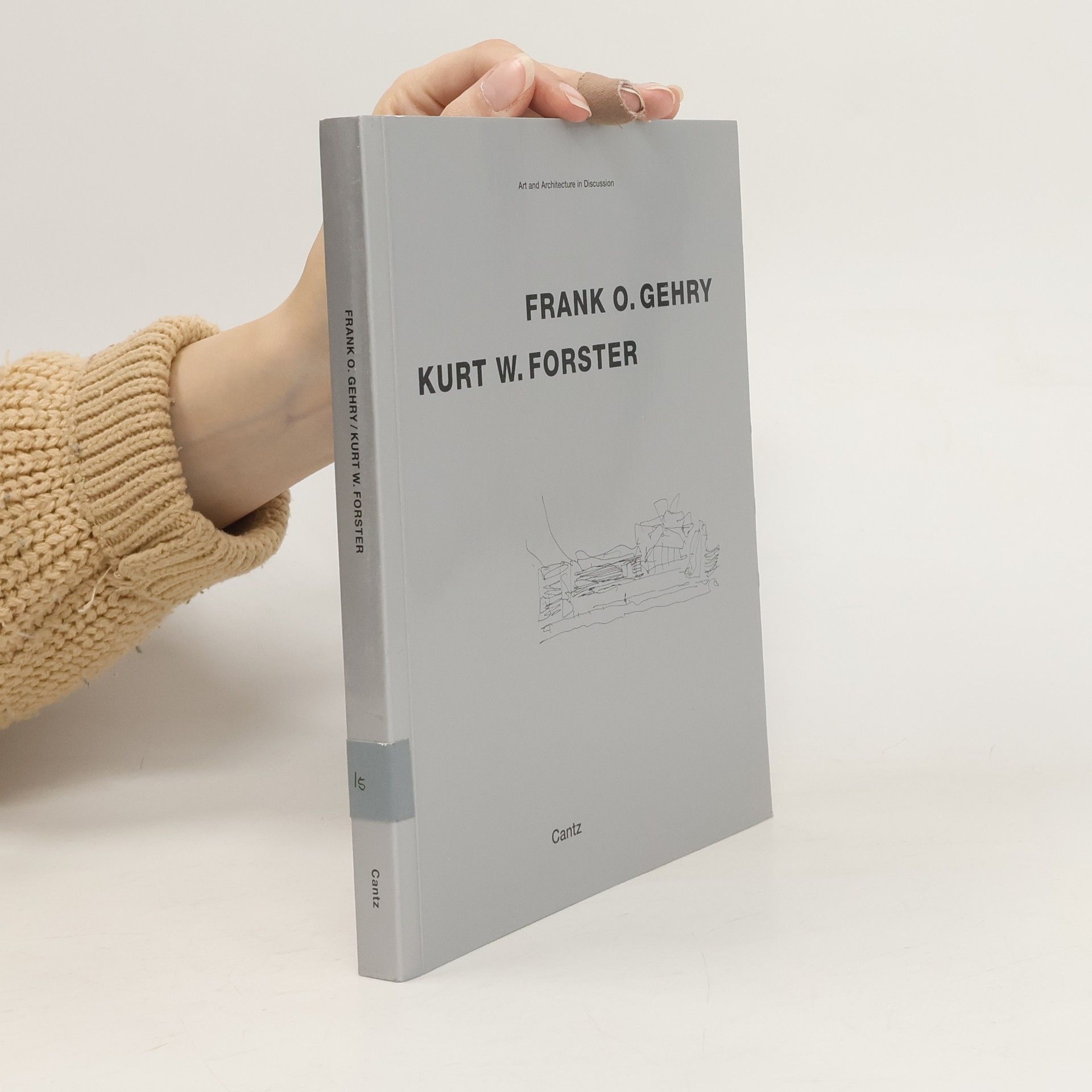
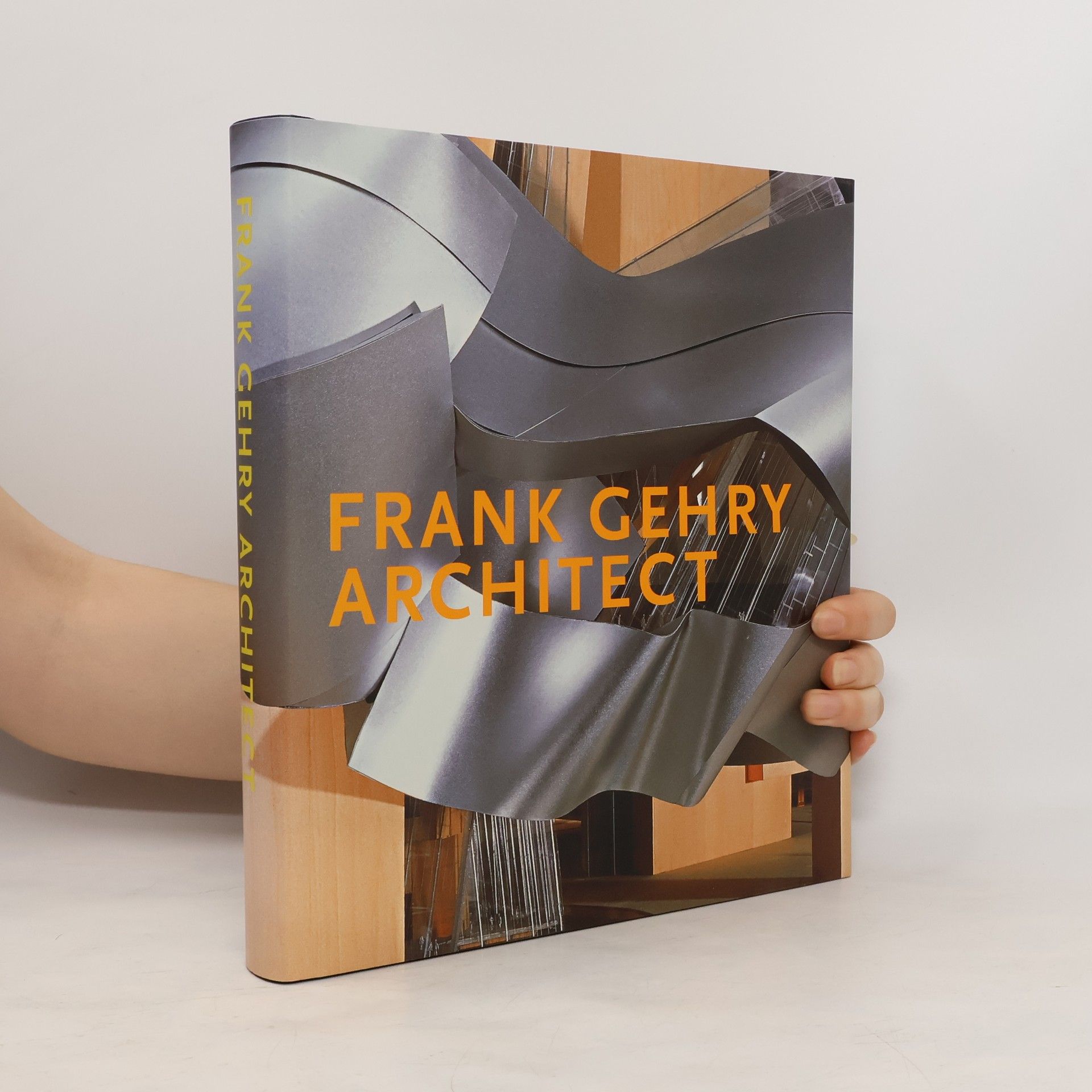
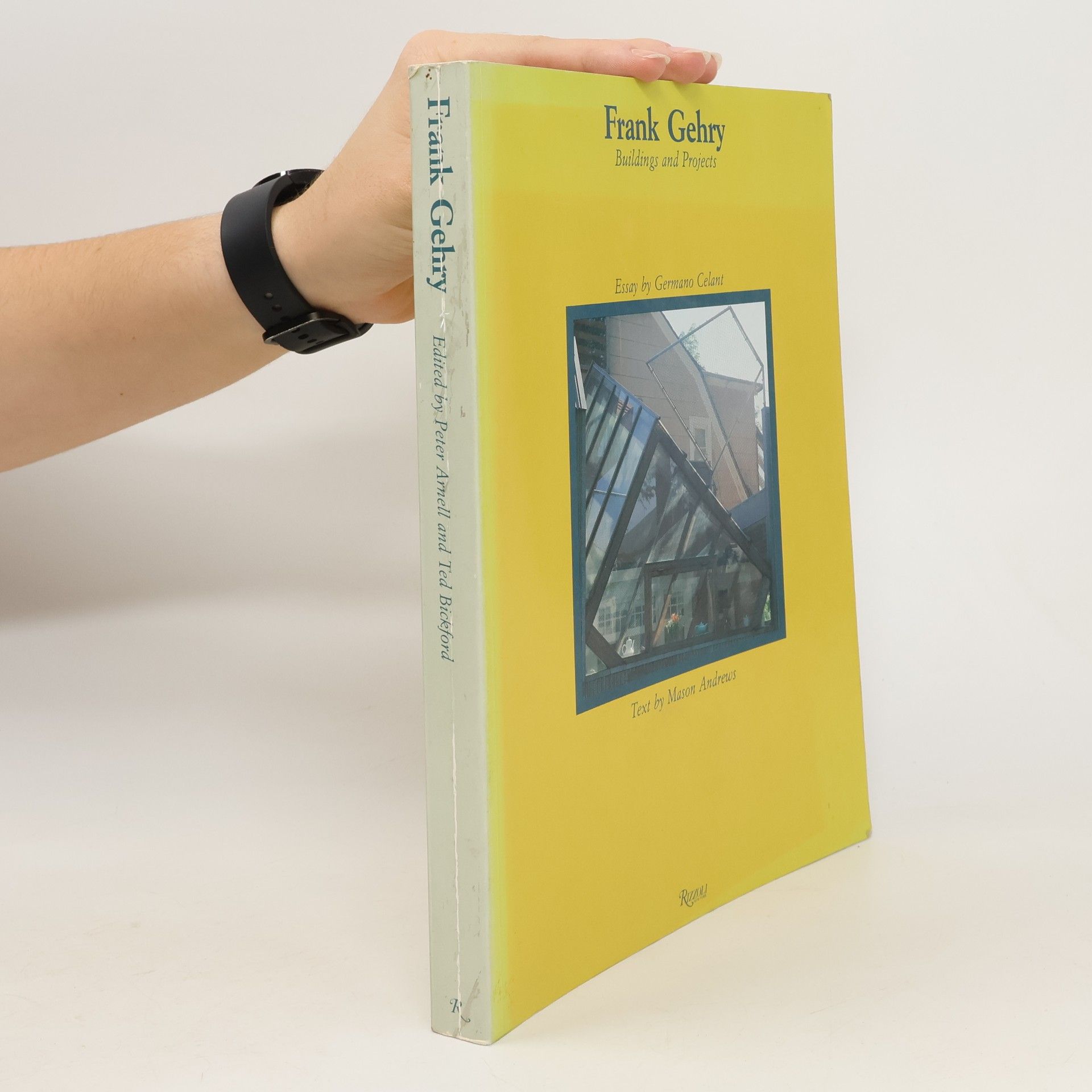
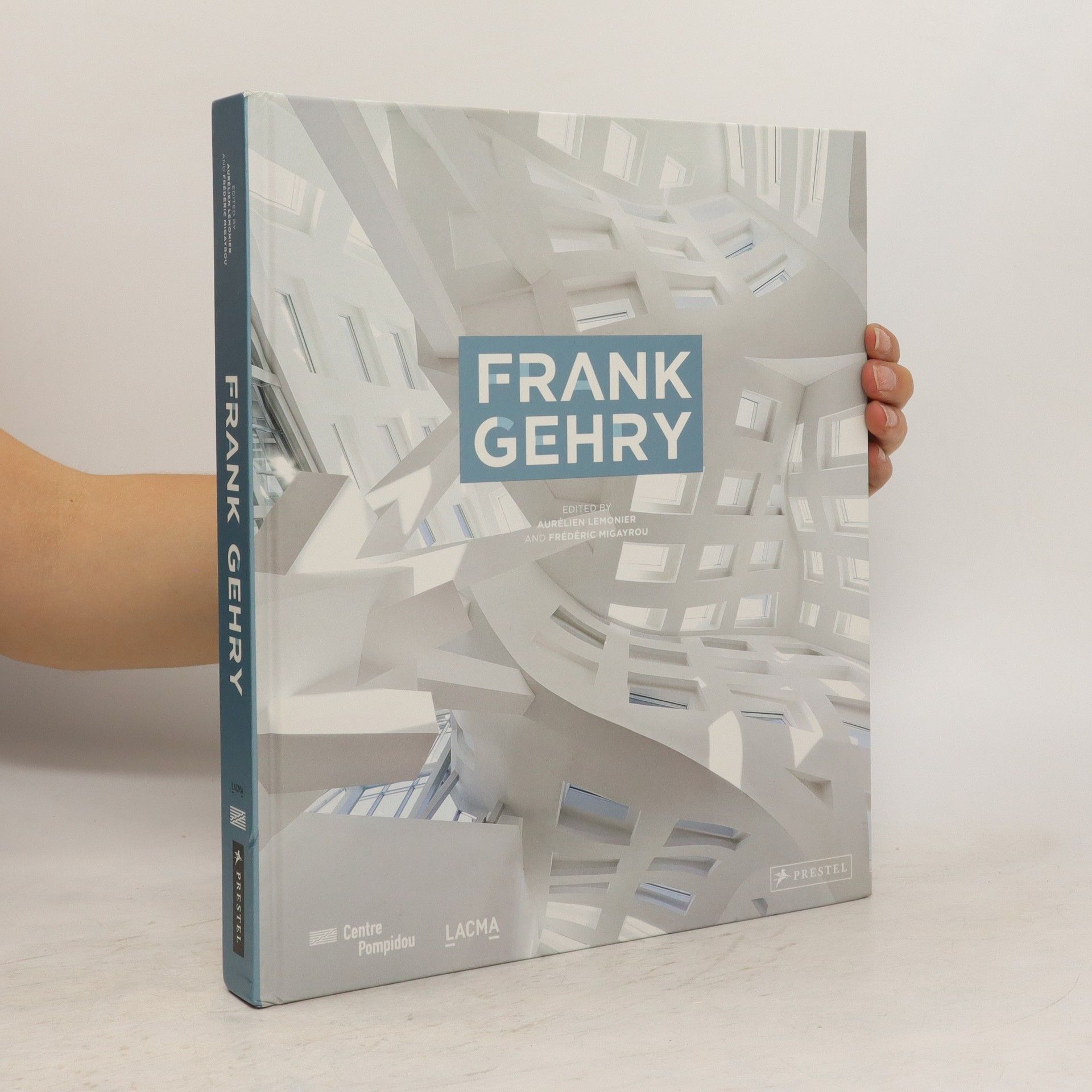
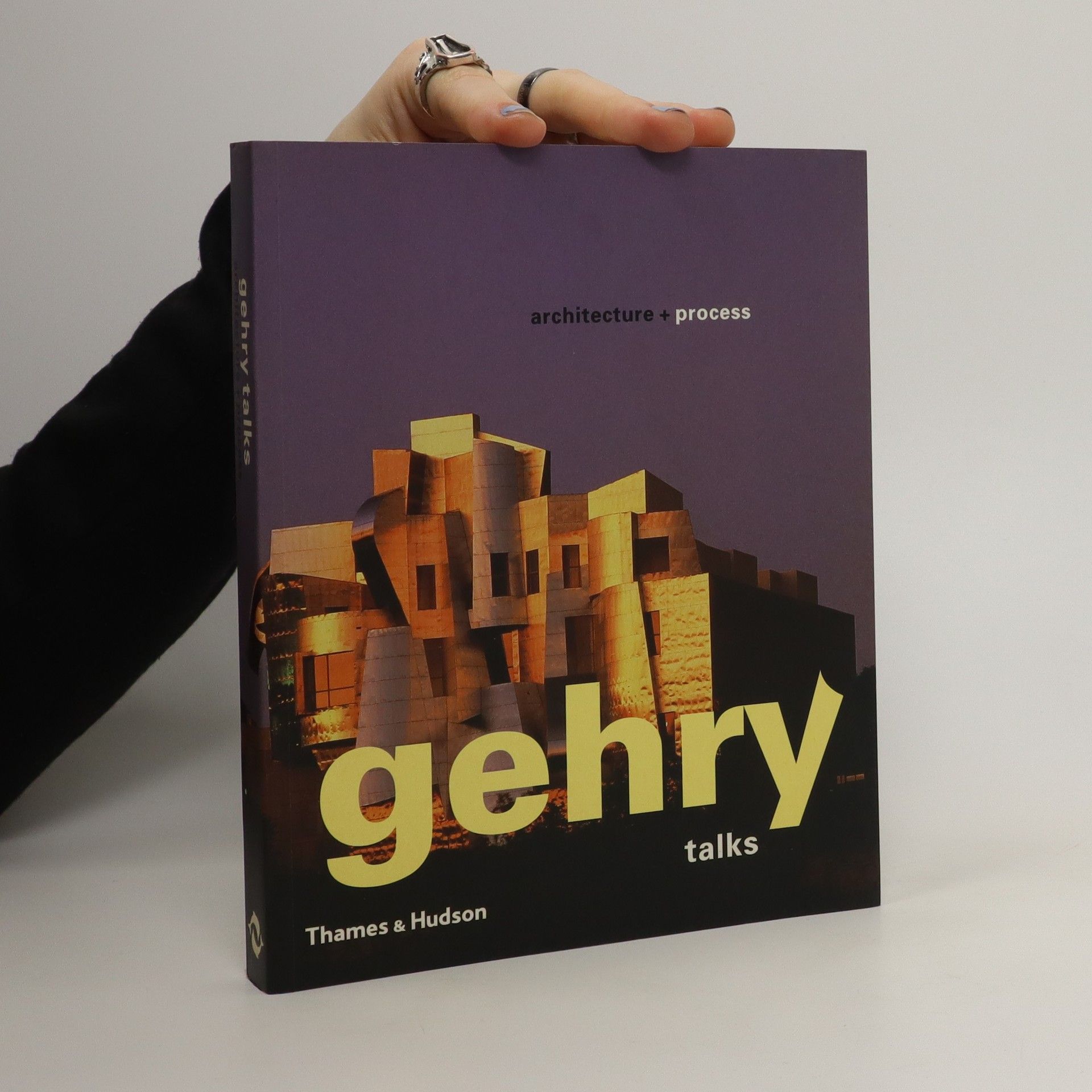

Gehry talks : architecture + process
- 240pages
- 9 heures de lecture
His celebrated Guggenheim Museum in Bilbao has ensured Frank Gehry a place in the pantheon of 20th-century masters. In this volume, Gehry himself offers illuminating commentaries on various aspects of the processes involved indeveloping his revolutionary designs, including his influences, clients, use of materials and new technologies.
Frank Gehry
- 256pages
- 9 heures de lecture
Featuring fifty of Frank Gehry's most important projects, this lavish monograph presents the full range of the architect's work from the past two decades
Frank Gehry, architect
- 500pages
- 18 heures de lecture
As the preeminent art-book publisher in America, Abrams has many stunning and impressive titles for gift giving. From these, we have chosen several absolutely fabulous volumes, in the oversize coffee-table book tradition, that are sure to dazzle any gift recipient.
Frank O. Gehry, Kurt W. Forster
- 120pages
- 5 heures de lecture
With the recent triumph in Bilbao, Frank Gehry became one of the two or three living architects whose names are known outside the field. Within architecture and the arts, however, Gehry has longstanding and tremendous respect, and this conversation with the architectural historian and Getty Center Founding Director, Kurt W. Foster, testifies to the ways in which Gehry's concepts continue to invigorate not just the language of architecture, but the arts in general. The implicit sculpture of Gehry's work reveals a communion between artistic disciplines, and he has collaborated with the likes of Serra, Kelley, and Koons. This book furthers that open dialogue - which Gehry clearly views as essential - between the arts.
Novartis Campus
- 119pages
- 5 heures de lecture
Als achter Band in der Reihe über die neuen Bauten des Novartis Campus in Basel erscheint im Frühjahr 2010 der Band „Fabrikstrasse 15“, ein Bau von Frank O. Gehry. Der Band über das zentrale, kristalline Gebäude des Novartis Campus in Basel enthält Texte bekannter Autoren, Fotografien und Pläne und ein Inventar. Weltweit bekannt wurde der kalifornische Architekt Frank O. Gehry mit seinem Guggenheim-Museum in Bilbao, das der nordspanischen Stadt zu ungewöhnlicher Attraktivität und Popularität verhalf. Den ersten Bau in Europa konnte Gehry in Weil am Rhein mit dem Vitra Design Museum realisieren. Zahlreiche weitere internationale Bauten wie die Walt Disney Concert Hall in Los Angeles sowie in anderen Ländern folgten. 1989 erhielt er den Pritzker Prize, die international renommierteste Auszeichnung für Architekten.
Whithin Gehry's rapidly growing volume of work, the energy forum in Bad Oeynhausen, Germany, plays a paeriicularly striking role.
Frank Gehry's work has been described as habitable sculpture. He is widely acknowledged as the father of the Los Angeles School. Characterized by their collage-like complexity, their shifts in geometry and frequent use of utilitarian materials, Gehry's buildings blur the fine line that separates art and architecture. Recent work includes the widely acclaimed Vitra Design Museum at Wein am Rhein in Germany, and the bizarre Fishdance restaurant in Kobe, Japan.


